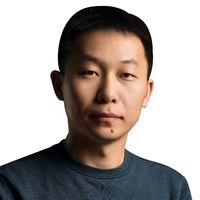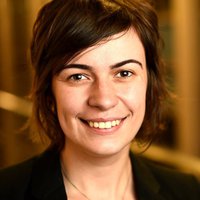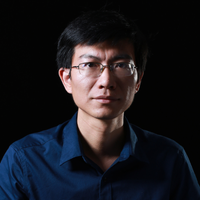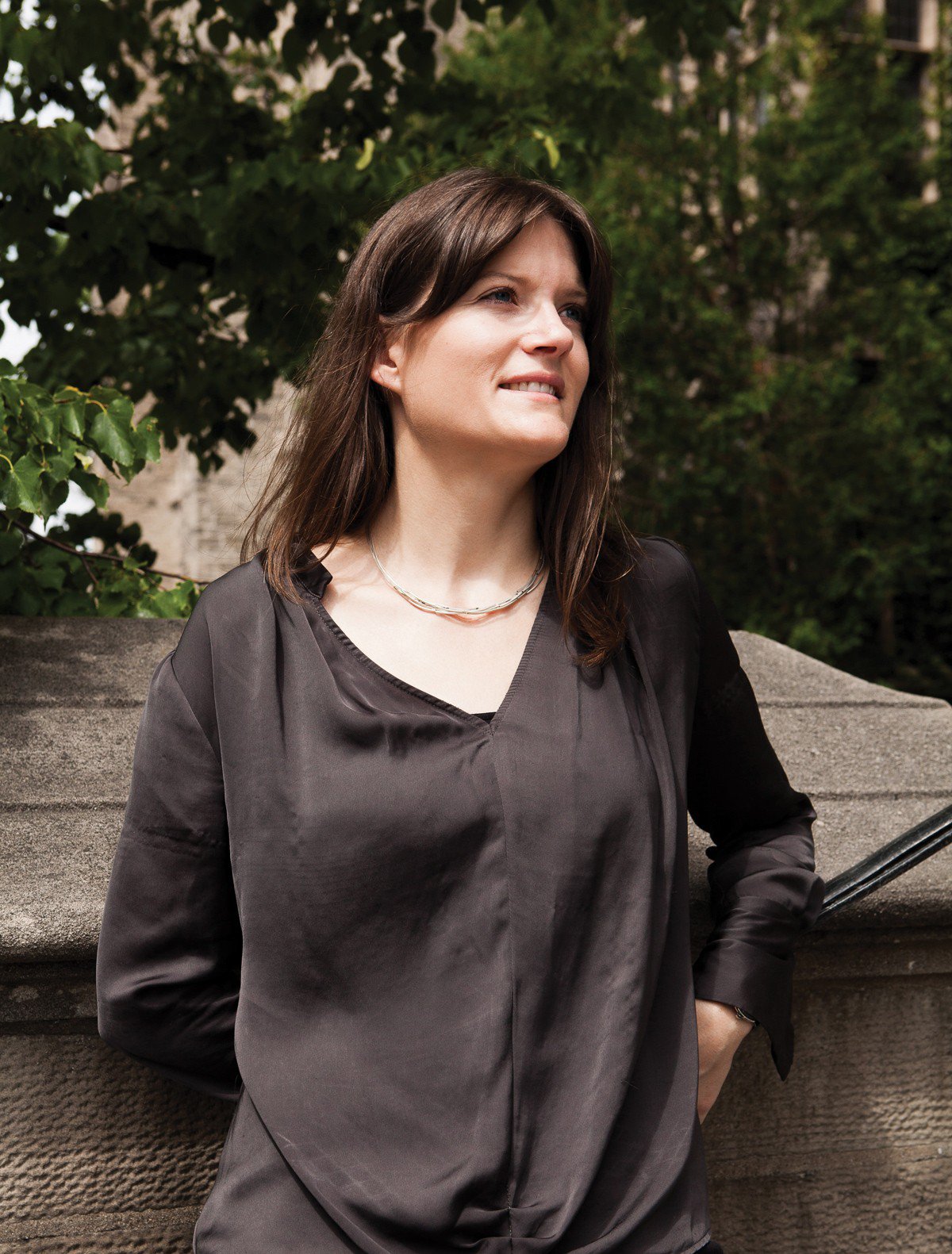Artificial intelligence & robotics
Angela Schoellig
Her algorithms are helping self-driving and self-flying vehicles get around more safely.

Global
Gregory Wayne
Using an understanding of the brain to create smarter machines.

China
Mingjie Zhu
Taking advantage of machine learning, his company mines value from data through different financial scenarios to create risk control solutions

Global
Anca Dragan
Ensuring that robots and humans work and play well together.

China
Chunxin Qiu
Their LiDAR can basically solve all the trouble spots for mechanical LiDAR, and speed up the implementation of autonomous driving projects
